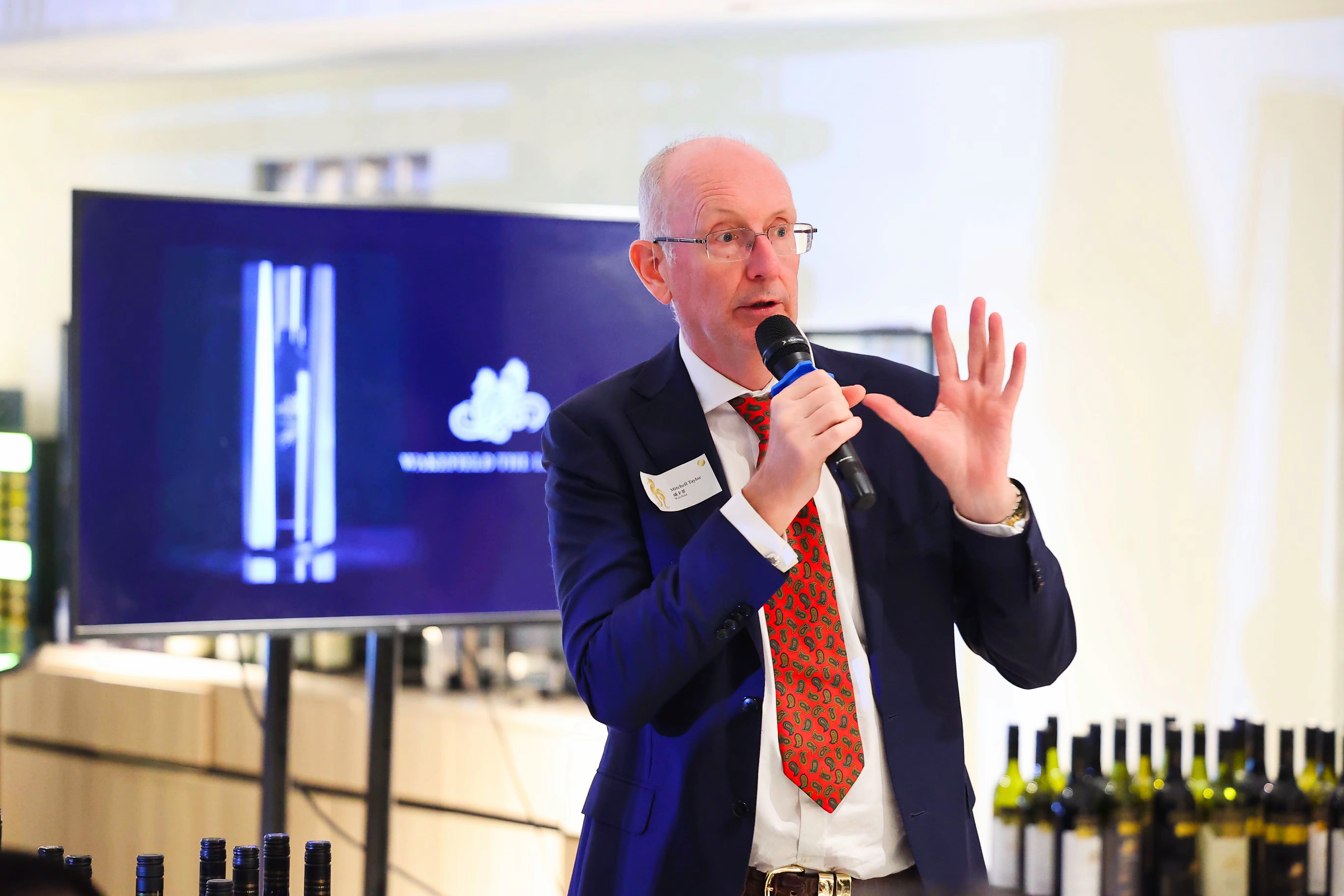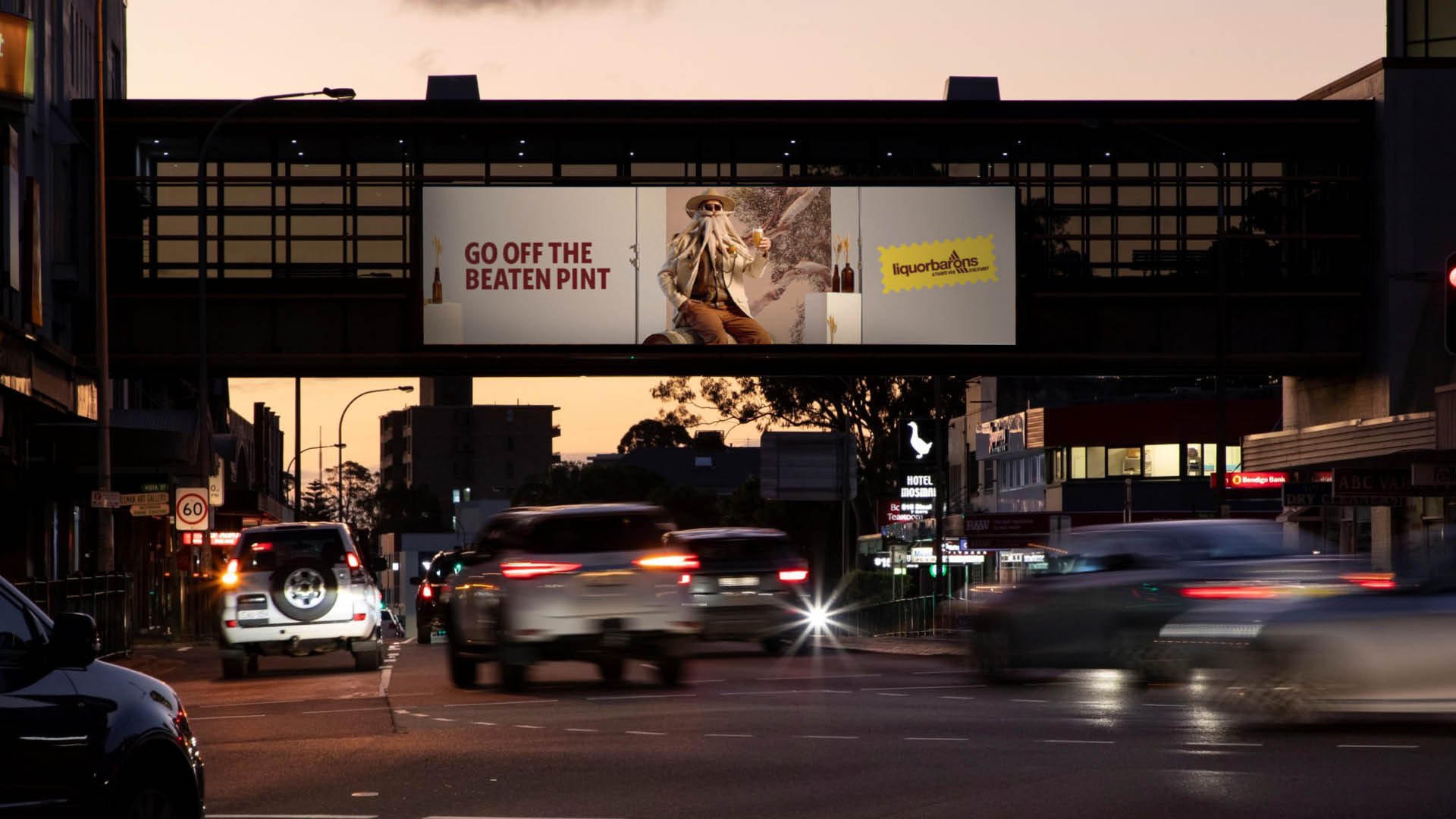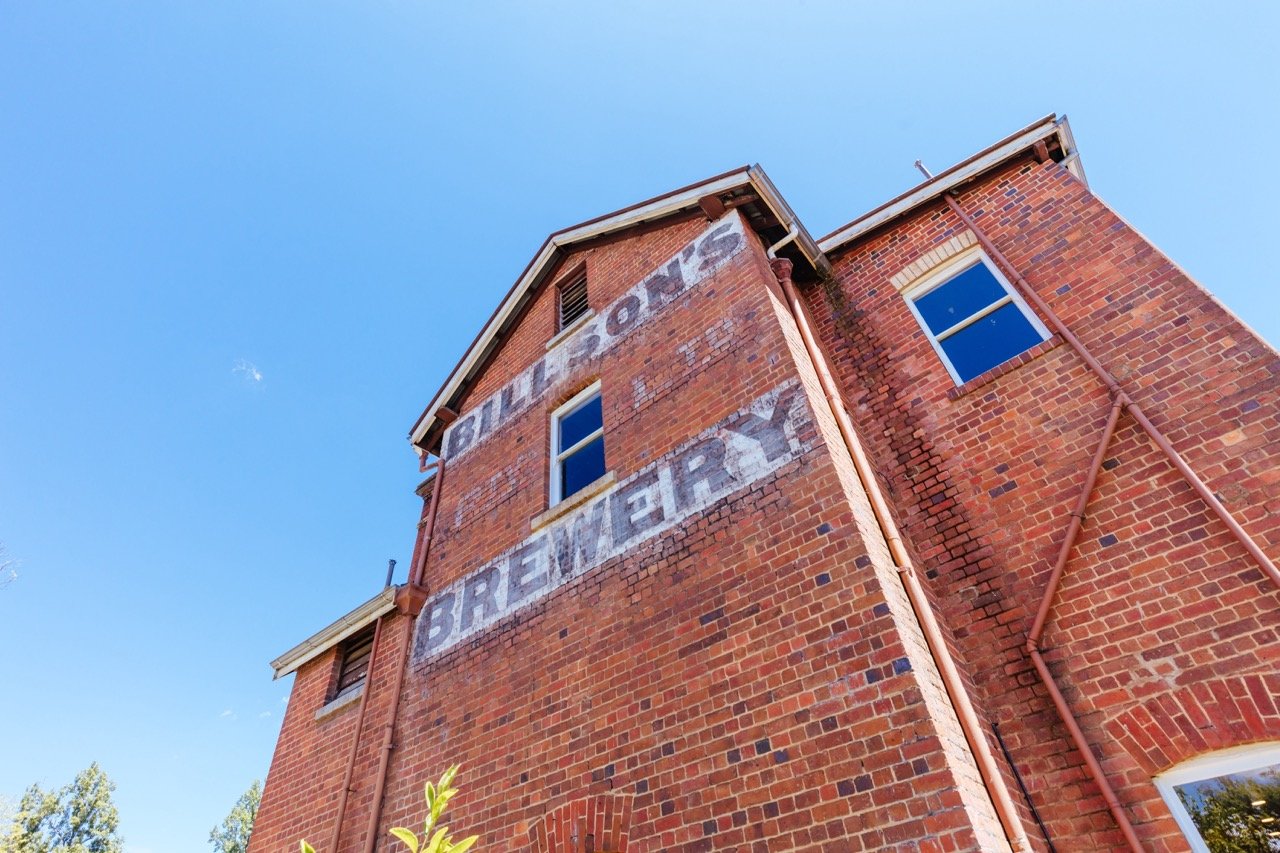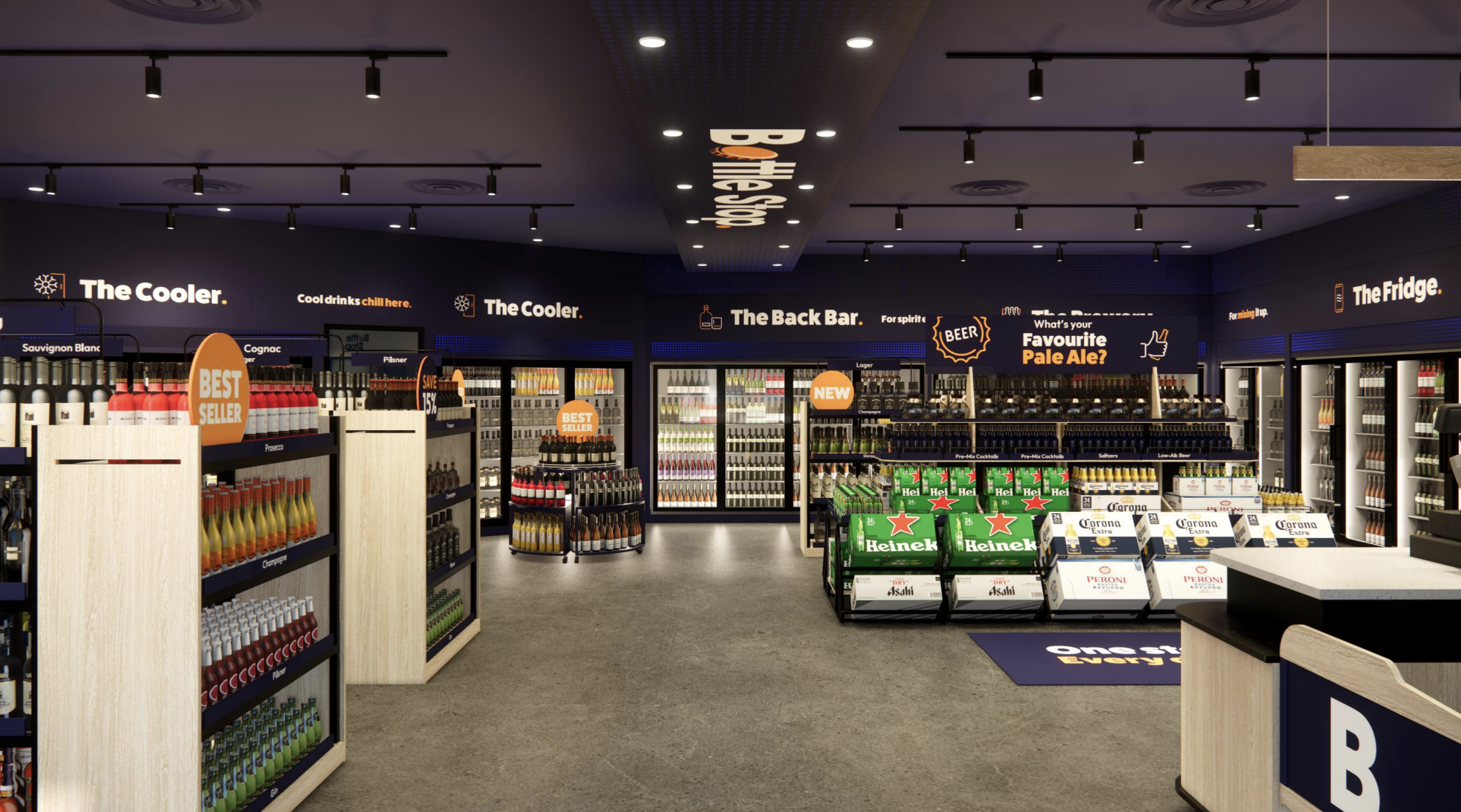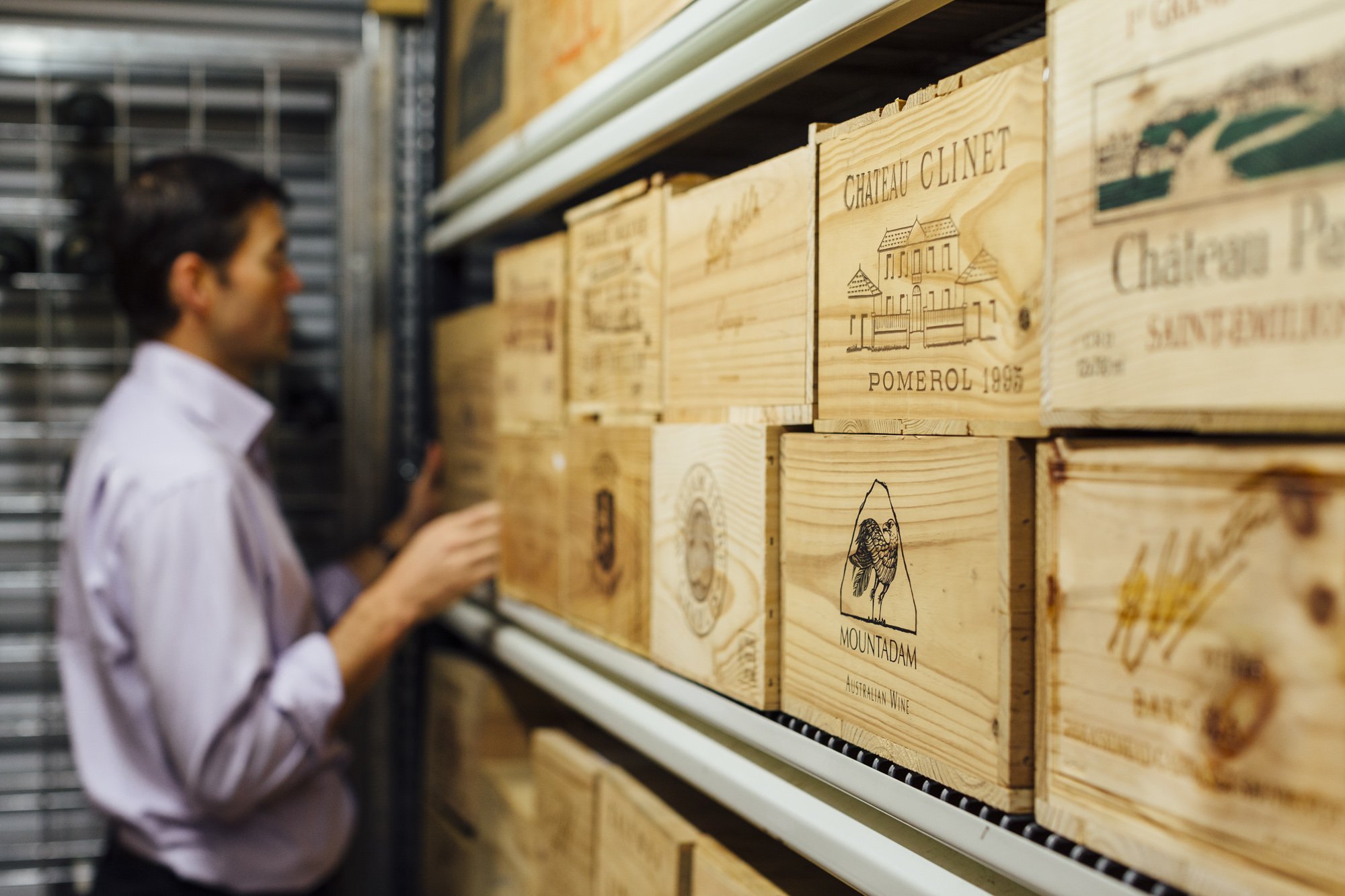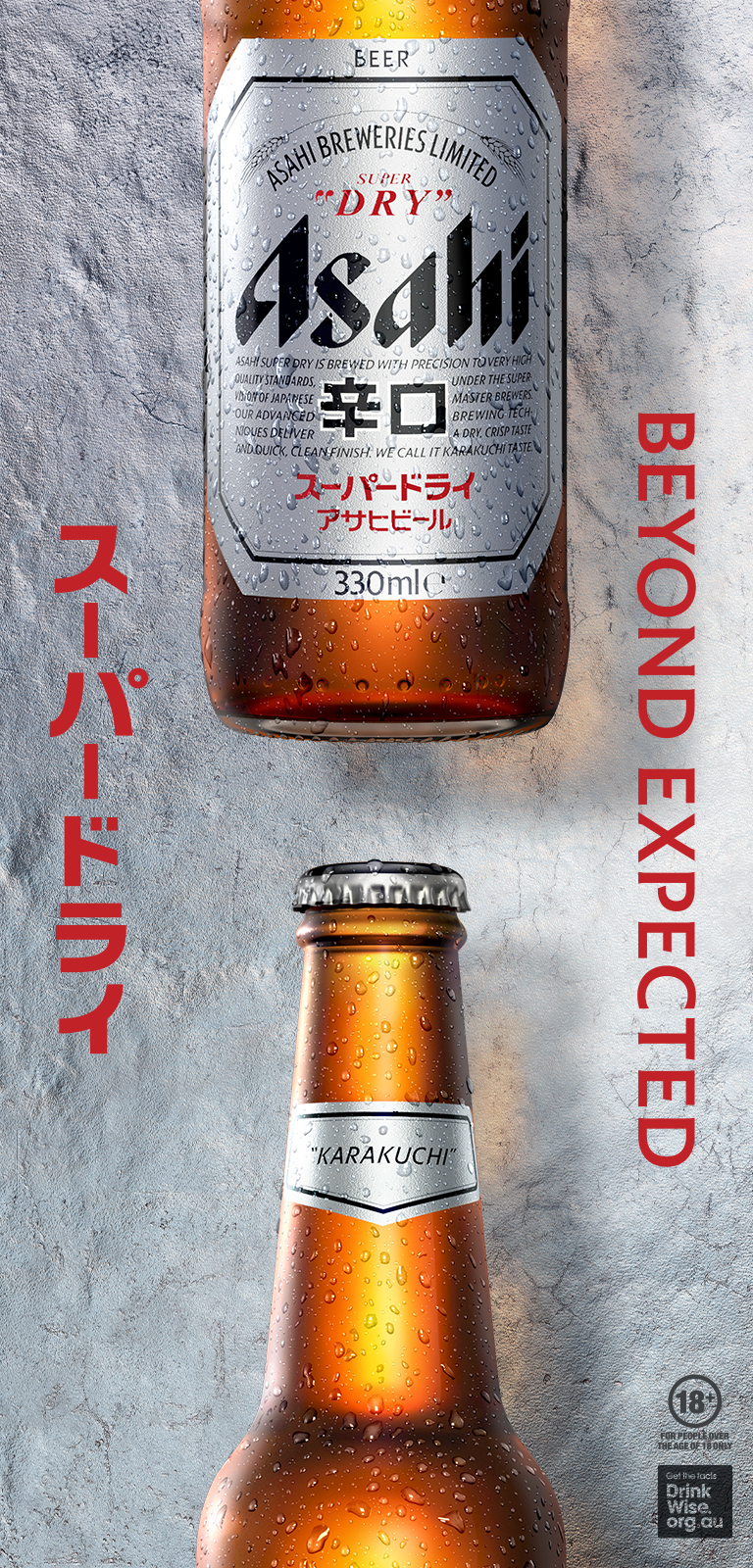Last week, Taylors Wines officially relaunched into mainland China more than seven months after tariffs on Australian wine imports were lifted.
Since then, Drinks Trade caught up with third-generation Winemaker and Managing Director Mitchell Taylor to discuss:
- Taylors’ re-entry into China,
- how to navigate the post-tariff Chinese market,
- Taylors’ new wine collections, and
- the rumours of a potential acquisition of TWE’s commercial wine division.
This is what Mitchell had to say:
Drinks Trade: Can you explain what the purpose of your visit to China was last week?
Mitchell Taylor: What we did was our big launch to the trade. We went through our range of wines, talked to the press over there, and also reconnected with all our sub-distributors. We've been over there for nearly 30 years to be precise, so it was good to team up with a lot of them.
Also, now that we've got a new partnership with Jebsen Wine and Spirits, it was good to be with the family members from Jebsen in Shanghai, talking about our commitment to the market not only in the short term but the long term, because Jebsen have been trading in China for over 130 years.
DT: Tariffs on Australian wine imports into China were lifted on 29 March… Why has Taylors waited until now to relaunch into the market?
MT: We wanted to plan it properly. We didn't want to rush in with the first people. We had a lot of people approaching us, but because we are talking very long term, we want to get it exactly right.
We're all about long term brand building, and so we didn't want to be caught amongst some of the traders that don't really understand the category or how to market it properly via educating and tasting the consumers on the true value and quality of our family wines.
DT: How will your China export program look moving forwards? Now that you have re-entered, is it full steam ahead, or will you ease back in slowly?
MT: It's something we're building with many trips. Also, we've employed two people in the region, so we're really working with these trips and our own team that are over there to start doing the long-term brand building exercises, particularly concentrating on the on-premise channels, the five-star hotel channels, and also looking at the quality end by entering in the Chinese shows.
DT: How is the post-tariff market in China? Do you feel as though it might be a slightly over-crowded market?
MT: I would say there's probably a lot of indistinguishable wines that really don't have any thorough brand history or story behind them, and a lot of that is at the very pointy end. There is a large oversupply of ‘not authentically branded’ wine, and there's areas of clean skins and wines you've never even heard of in Australia. I don't think some of those wines will have long term success in the market.
But what is encouraging from the latest import figures into the market is that Australia is taking market share. It's already at number two, just behind France, but we've even got a higher value per litre, so that's very encouraging. [Also], we're taking market share off the very cheap Chilean wines, which is good, because I don't think there is a great appetite for those.
Also, you've got to remember that China do produce a lot of wine themselves. The Chinese wines are at very competitive price points at the bottom end of the market.
DT: How has China’s market distribution landscape changed?
MT: It's changed quite a bit, the channels are very dynamic. We're looking at our luxury end of products (so our legacy wine, which is on strict allocation): it's a $1000 a bottle, but it’s already sold out, so we're just organising the next lot of it to go over in more containers in time for the Chinese New Year.
The rest of our portfolio - the Pioneer, Visionary, St Andrews and Masterstroke - again, all of those have been fully allocated from the launch, but as we're building up new distributors, we're just getting ready with more orders to go through in time for the Chinese New Year.
DT:What have you found to be working well/not working?
MT: The premium is really working well, but they are a little cautious compared to what they were three years ago. There has been a property slump, there's not that consumer confidence that they might have had previously. Also, their stock market, they're saying that hasn't really moved over the three years, so a lot of people are quite cautious.
But having said that, there still is a real thirst for the quality of Australian wine, particularly Clare Valley wines. Also, they really love the high end Shiraz and Cabernet Sauvignons that we like.
What was really exciting for me on this trip was a keen interest in our Clare Valley Rieslings: they really understand the beautiful structures, the acid length and how perfect they are when they're accompanied with Chinese cuisine. I was speaking to a lot of hotels and restaurateurs and they were particularly asking for Clare Valley Riesling, which was terrific to see.
DT: Given the diversity of cuisines within China, do you tailor your offering/approach depending on the region?
Yes, we do. We have many ranges and we do get parts of our portfolio that are aligned with certain parts. Also, we've got some of our wines that are for the on-premise sector only, [and] we've got other parts of our range that are for the bottle shops and also to be sold directly to the digital d2c channel.
DT: What advice would you give to other wine producers looking to successfully enter into China? What factors are most important to Chinese consumers?
MT: It's about being an authentic brand. They have a lot of respect for multi-generational family brands. Also the recognition of awards and also the recognition of accolades from their wine journalists, so I would recommend that you have the quality covered and also get the experts there. Also, some of the influential influencers via the digital channels such as WeChat… [and] break[ing] into the new emerging channels and particularly market towards the young consumers.
I just suggest regularly visiting the market and building those trusted relationships that will reward you in the long term.
DT: How essential is it to have feet on the ground to be successful in China?
MT: It's like how we sell wines in Australia. It's exactly the same philosophy. You really do need to build your relationships. It's all about relationship selling and it's really handy to have myself and my brother as family members actively in the market and visiting the market all the time. That means a lot to the Chinese, and I think it is something that you really do need to have, and to be really building those relationships, because particularly the distribution structures in China are always evolving and there are many routes to market.
DT: Comparing China to the UK and the US, Australia’s other two largest export markets, would you consider China to be a more difficult market to crack?
MT: No, I don’t actually. I think China have better palates and they want quality wine. In the other two markets that you've mentioned, Australian wine really haven't marketed at the high end. I think we're more known as an entry-level wine. What gets me very excited about China, is that it's actually a market that respects our cool climate wines and is prepared to bring them forward. They actually look at Australian wine as being as good, if not better, than some of the traditional European regions like Bordeaux or Burgundy.
DT: According to the latest Wine Australia Export Export, shipments into mainland China grew from $604 million to $612 million in value and from one million litres to 59 million litres in volume in the year up to September 2024… What do you see happening to these figures over the coming years?
MT: The economy is experiencing some difficulty, so while a lot of initial six months was refilling the distribution channels, I would say it'll steady down over the next six [months] to two years. But there's still good demand, particularly for our higher quality wines, which is very encouraging.
DT: Other than China, where else is Taylors seeing potential at the moment?
MT: The rest of Asia is probably the next one that we're focussing on because we want a bit of diversity. What we found, while China is an exciting and large market for premium Australian wine, with the political situation, you've just got to be very mindful of being able to diversify your risk if anything changes there again. So we've been looking at markets like Japan, South Korea and the rest of Asia, and they're particularly exciting.
Also, long term, we've done very well over in Canada, we've got a good following over there. We also are looking to the UK to also hopefully build more of a premium image of Australian wine in that market.
DT: Where are you seeing opportunity in the Australian market?
MT: Australian sales are good for us. It is a tough market out there, but our sales are growing, which is encouraging.
I think on premise is struggling a bit at the moment. It's pretty tough out there, [but] we're seeing some good opportunities in the independent channel.
Also, new ranges. We've just launched our new Aromantiques range. And we've predominantly put that through the independent channel. We're getting some really good results with that particular range of wines that's really packaged in a very innovative and attractive manner.
DT: Was the Aromantiques range launched in an effort to appeal to a younger demographic?
MT: Yeah, definitely. I think the wine industry really needs to attract younger wine drinkers into the category continually, and we've got to probably look beyond some of our traditional and heritage labels and really have wines that suit the needs of young drinkers.
DT: Has Taylors’ considered entering into the canned/bagnum wine space?
MT: We've thought about it, but being a quality producer, it probably doesn't go that well. I've been following with interest some of the wines that have been put in cans, and I think they've had limited success, so that's why we did the Aromantiques bottle that is really more upmarket and more attractive.
DT: F, there have been recent rumours that Taylors is considering purchasing Treasury Wine Estates commercial wine division… Can you confirm?
MT: We're having a look at all the data. We're looking at some of these. There are a lot of distressed assets that are on the market, so it's not the only thing we're looking at at the moment. We're just trying to find something that suits our needs and our strategy.
DT: Is that need/strategy linked to diversifying beyond being just a premium wine brand?
I think so, yeah. We're more a premium cool climate winemaker, so we'll probably concentrate in some of those areas where we've had success in the past.
//
Tasted: Taylors 2024 Family Flagship collection
What was the focus of Trade Minister Don Farrell’s recent visit to China?
Share the content
